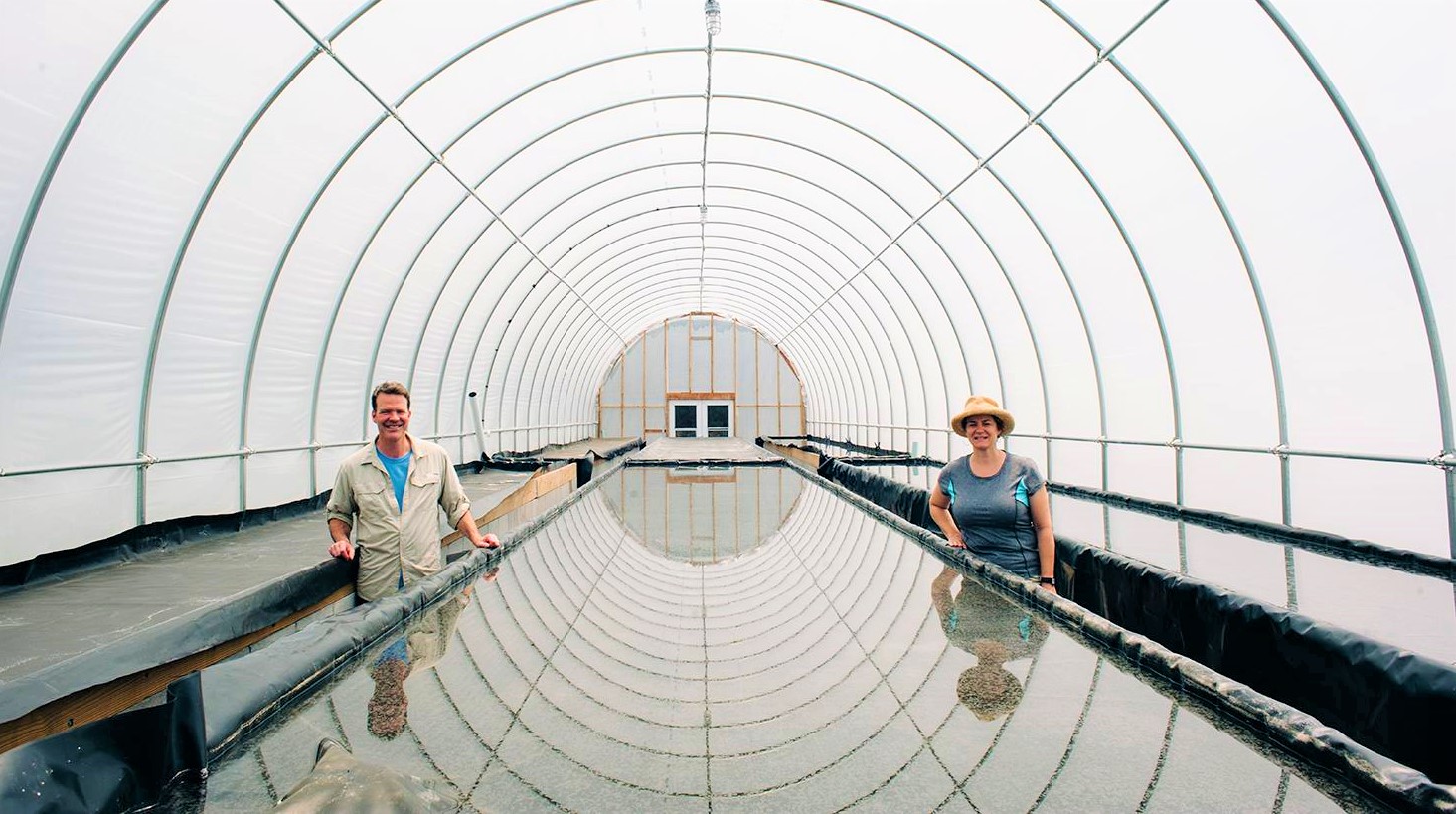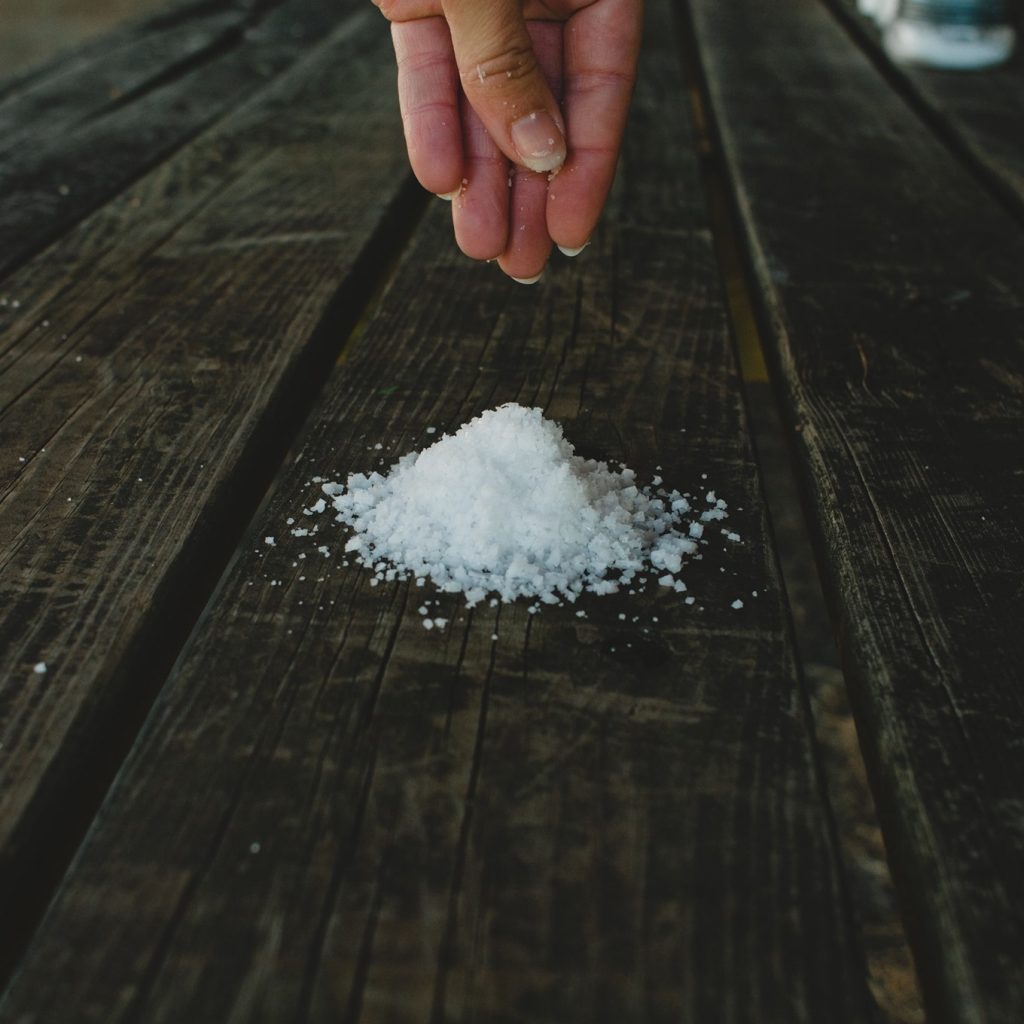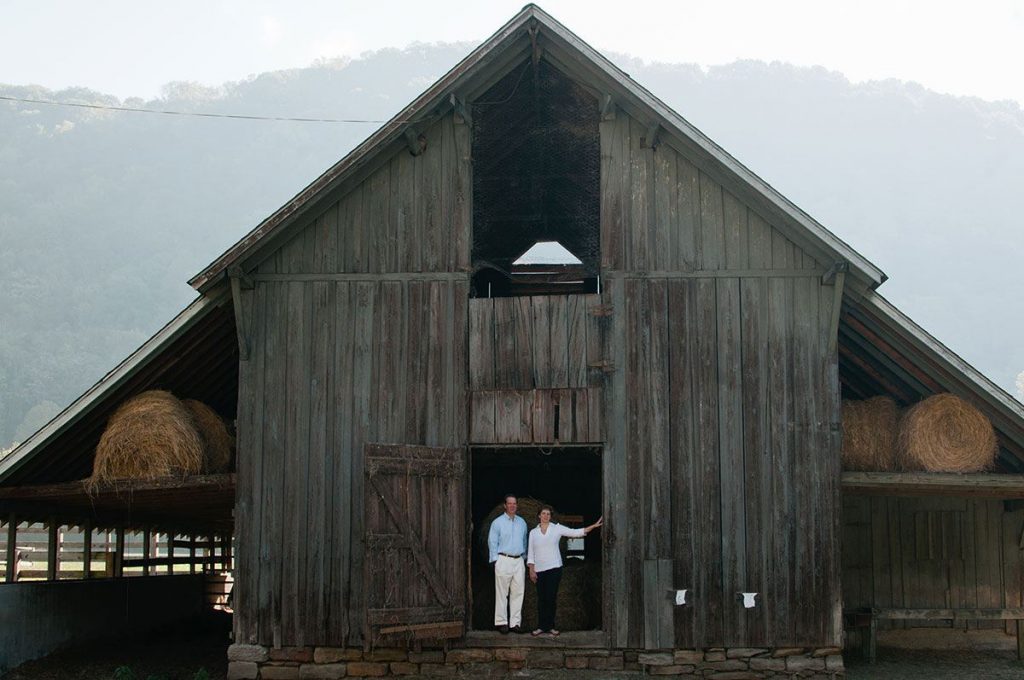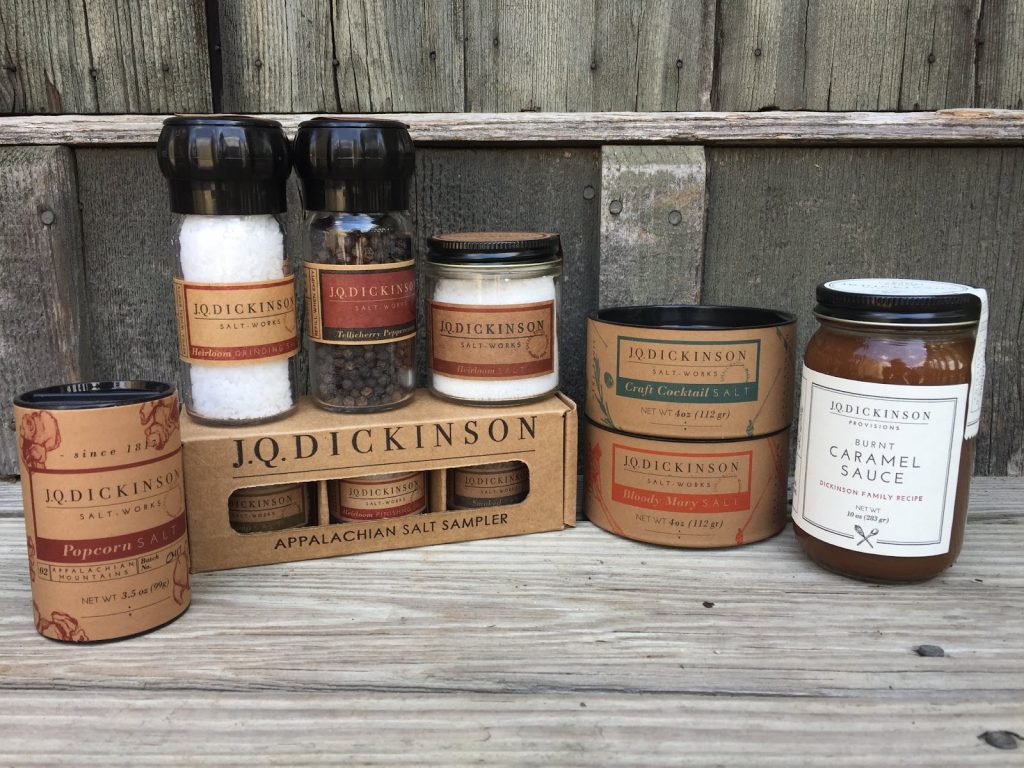Salt runs in Nancy Bruns’ blood.
Nancy, a partner at J.Q. Dickinson Salt Works in Malden, West Virginia, says this like a joke, but it’s nothing to laugh about. She marks the seventh generation of salt-makers in her family.
Her ancestors first drilled for brine in 1817, tapping into an ancient, rich source trapped beneath the Appalachian Mountains — the Iapetus Ocean — and establishing a salt works on the Kanawha River a few years later. By the 1890s, they were the only salt producer left in the area, and eventually, they stopped production in 1945.
In 2013, Nancy and her brother, Lewis Payne, decided to revive the business. “I was a chef and had been collecting salts from around the world. As I learned more about my family history, I thought we needed to start making salt again,” she said.
They take a different approach to production than their ancestors, who burned timber and coal to evaporate the brine.
“I think of our salt as an agricultural product rather than an extractive mineral product,” Nancy explains. “It’s something we pull from the ground; we let mother nature do her work on it, and then we harvest it. It’s a much cleaner story… we’re part of a sustainable economic community and we need to be responsible for what we’re doing.”
The process, which is closer to evaporation rather than mining, starts with a well. Like a water well for your house, theirs pulls up brine from that same trapped ocean her ancestors used.
After pulling the brine out, they transfer it to large tanks. With a bit of help from aeration, the iron oxidizes, settling out at the bottom of the tank. Then, the now iron-free brine is moved to evaporation sun houses, where crystals form and hand-harvesting begins.
The crystals form at different times, from large to small. Their crystals are unique, Nancy explains, because of their production method: “If we used fossil fuels, we would produce a thinner flakier salt, but because our salt is forming slowly, it creates a chunkier crystal.”
Their methods also impact flavor. “Our salt doesn’t have any anti-caking or bleaching agents, which you’d find in a mass-produced salt, giving a unique flavor,” Nancy said. “I think of our salt as bright and bold, finishing on a sweet note. It’s very smooth — you need less of it for the same amount of flavor.”
But this uniqueness can bring challenges, especially when teaching chefs and home cooks how to use their salts correctly.
“When a chef is cooking, they often grab salt out of a container with their hands. They have the muscle memory of how much salt is appropriate for every dish. But our salt is different, and you have to use less of it. You almost have to retrain a kitchen on using salt,” Nancy said.
However, if she can get them to reframe their thinking, Nancy continued, chefs rarely go back to using mass-produced salt:
“Our chunkier crystal holds up better on food. Flaky salt will dissolve quickly on anything with a high-moisture content. Chefs like this — if they’re putting a dish on the window, it can sit there for a few minutes before the crystal goes away,” she said.
With home cooks, the challenges center on price. “We get people who say, ‘Why would I pay so much for salt? I can go buy three pounds for $0.99.’ But if they taste it, they see the difference,” Nancy said.
She added: “When you’re taking salt for granted, the salt on your table is just the salt on your table. It could be more.”
Nancy is appreciative of Harvie because of our commitment to showcasing local — and Appalachian — foods. Give Appalachian salts a try! Add a J.Q Dickinson salt sampler to your next delivery.




